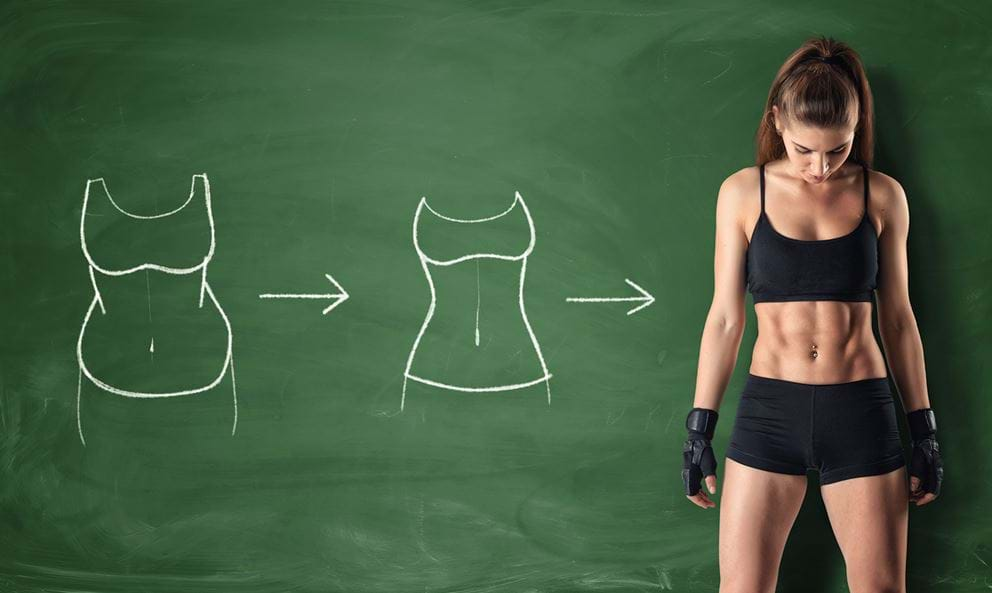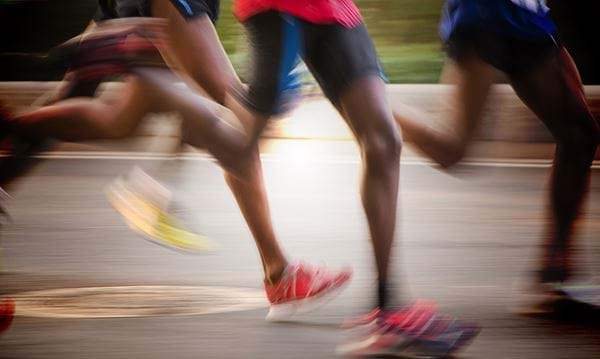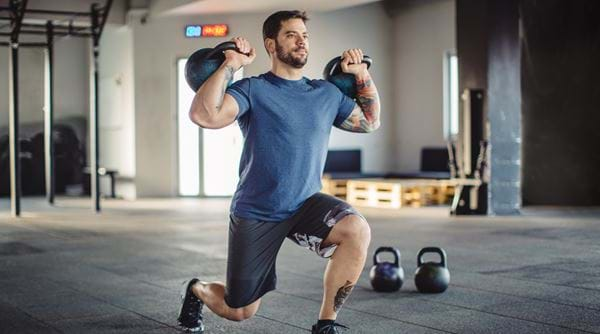Body fat percentage: what does it really mean?

Losing weight is one of the most common fitness goals, and of course, when people talk about losing weight, they’re only ever really talking about losing fat.
In an effort to be more scientific about things, it’s common to find a lot of articles, vlogs, and fitness gurus advising people about the ideal body fat percentage they should aim for.
Sounds good. But what does it really mean, and how do we work with it?
Let’s take a look.
What is it?
Body fat percentage is the total amount of fat found in the body, expressed as a percentage of the total body weight.
This includes what’s known as “storage fat” – the “extra” fat we typically want to lose, found in adipose tissue; beer bellies, love handles and all the rest. It also includes essential body fat – fats found within the body which are essential to the proper function of different organs, etc.
When cutting fat, you never want to eat into your essential fat stores.
What’s the right percentage to have?
The typical consensus among experts is that the essential fat percentage for men is between 2-5%, while for women it’s 10-13%.[1]
However, anyone at such a low percentage of body fat would be at risk of a wide range of negative health effects, especially if sustained for a long period of time. At extreme leanness, as shown by the likes of body builders and bikini competitors, it would be expected that your body would be in the following state: exhausted, depressed, with zero sex drive, and generally unhealthy all around, which is not good for long term physical and mental health.
The American Council on Exercise categorises various body fat percentages for men and women[2] as follows:
6-13% for male athletes and 14-20% for female athletes
14-17% for fit men and 21-24% for fit women
Obesity, according to the ACE, is said to begin at 25% for men and 32% for women.
How do you calculate your body fat percentage?
There are various methods for calculating body fat, which range in terms of price, reliability and ease of use.
At the bottom of the spectrum are body fat calipers, which are widely available and can be used at home. These involve pinching and measuring skin folds at different parts of the body with the calipers, and using the instructions provided to come up with your own body fat reading.
Next in line is Bio electrical Impedance Analysis (BIA) which is typically done in a professional setting for a moderate fee, and which calculates body fat by measuring electrical resistance in the body.
At the high end – both in terms of accuracy and price – are things like Air Displacement Plethysmography (also known as BOD POD) appointments, which make calculations based on how much air a body displaces.
Quick tips for shedding body fat
Fact: being “toned” is almost entirely about having a low enough body fat percentage for your muscle definition to show through. Add enough fat to the biggest bodybuilder in the land, and he’ll look fat. Remove enough fat from a moderate gym goer, and he’ll look “toned”.
Here are a couple of tips to help you effectively shed body weight today.
Focus on calories first, then macros
There are different biological mechanisms involved in fat loss, but the most basic fat loss rule still holds true – it’s about “calories in vs. calories out”. Begin by tracking your calories and calculating a suitable deficit. Then make sure you have the right proportions of protein, fat, and carbs in your diet. If you're not sure how to figure out much you should be eating to meet your goals, take a look at this blog by Nutritionist and Gym Manager, Hollie Miles.
Hit the HIIT
Recent studies have shown that HIIT, or High-Intensity Interval Training, might be dramatically more effective at promoting fat loss than conventional forms of cardio such as moderate jogging.[3]
The key to doing HIIT is to exert maximum effort for a short period of time, followed by more moderate exercise, then back to maximum effort, and repeat. Sprint interval training is a great example of this.
Sleep more
Seriously, sleep more. A study published in 2010 found that subjects who slept 8.5 hours per night vs. 5.5 hours per night lost 55% more fat during calorie restriction, while the 5.5-hour group also lost significantly more muscle during the experiment.
[1] https://www.acefitness.org/acefit/healthy-living-article/60/112/what-are-the-guidelines-for-percentage-of-body-fat
[2] https://www.acefitness.org/acefit/healthy-living-article/60/112/what-are-the-guidelines-for-percentage-of-body-fat
[3] https://www.ncbi.nlm.nih.gov/pmc/articles/PMC2991639/


